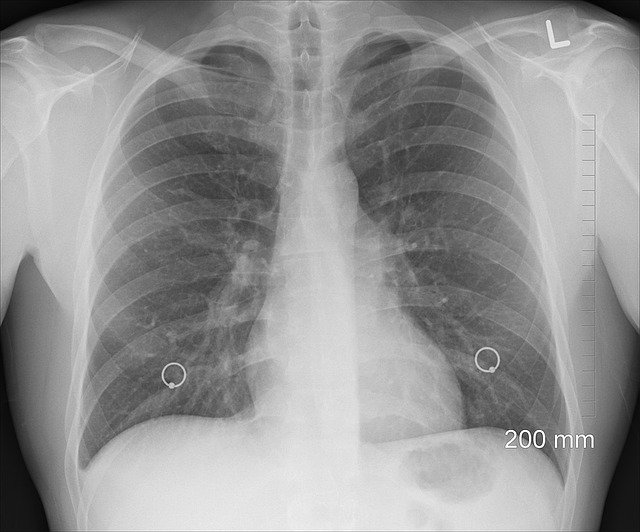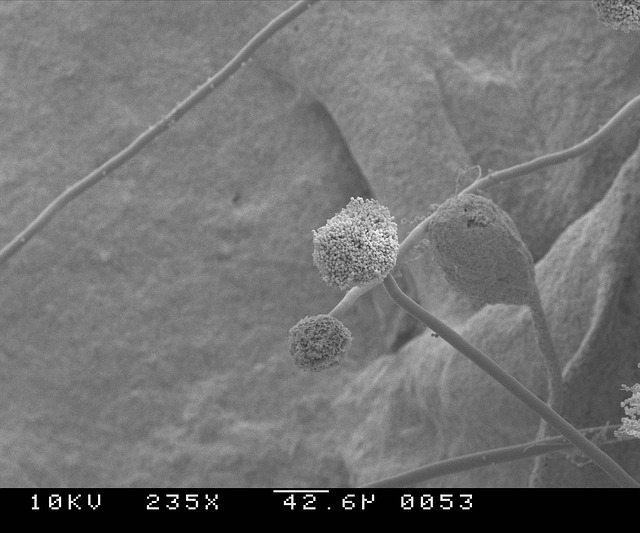Podcast: Play in new window | Download (Duration: 14:26 — 20.3MB) | Embed
Aripiprazole is metabolized by CYP2D6 and CYP3A4. Because of this, drug interactions can happen. I discuss specific examples in this episode.
Partial dopamine agonist activity and serotonergic activity make up a significant amount of aripiprazole’s pharmacology.
Aripiprazole is classified as an antipsychotic and can be used in schizophrenia, bipolar disorder, and depression augmentation.
Aripiprazole can cause significant akathesia. I discuss this adverse effect on this episode.
I discuss important drug interactions on the podcast, be sure to check out my latest project which is a 200+ page book on managing drug interactions in primary care.
Be sure to check out our free Top 200 study guide – a 31 page PDF that is yours for FREE!










